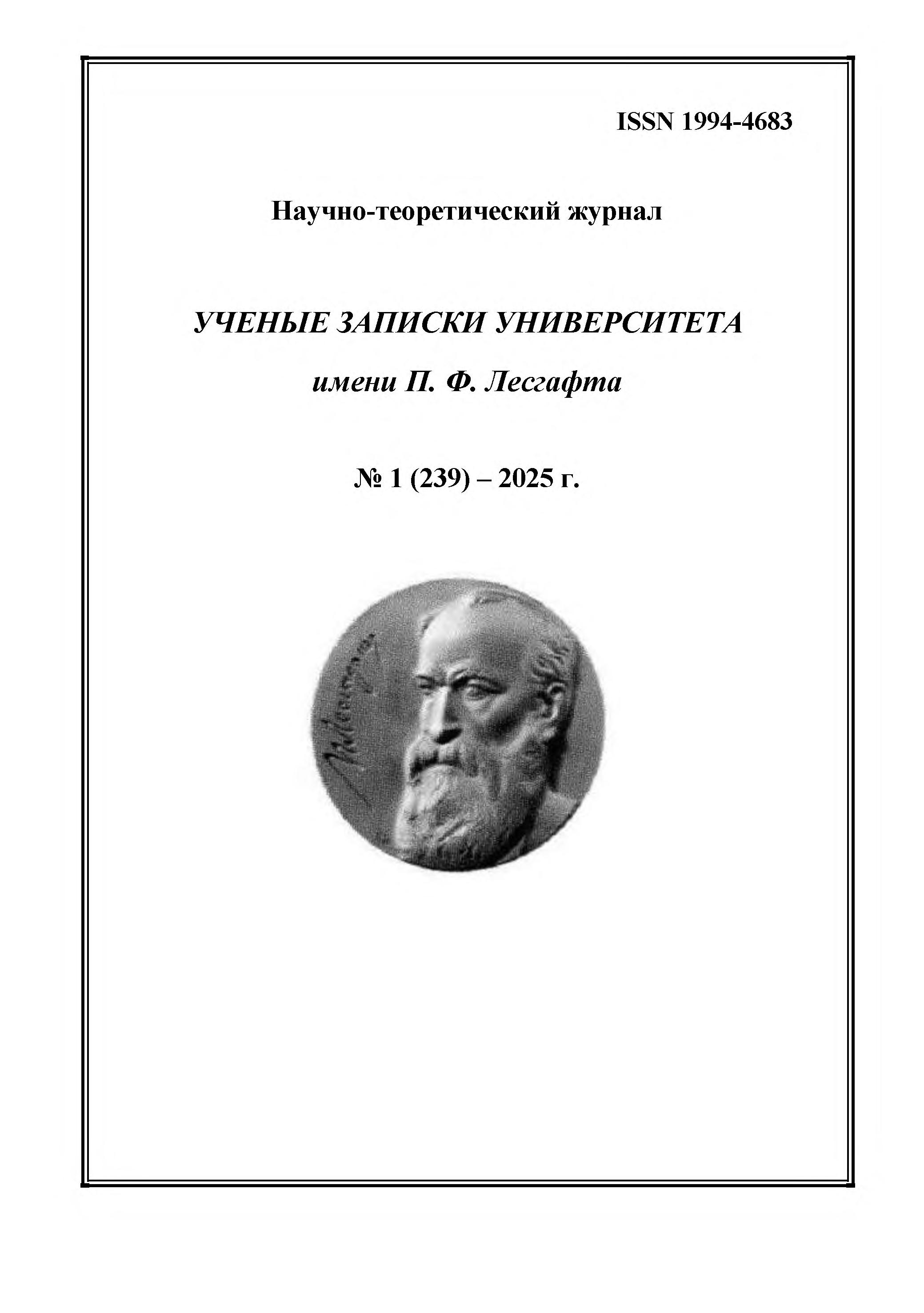employee from 01.01.2013 until now
St. Petersburg, Russian Federation
student from 01.01.2022 until now
Russian Federation
CSCSTI 77.29
The purpose of the study is to identify the potential of pairs in the adult categories of acrobatic rock and roll based on the measurement of height at an early age. Research methods and organization. The study was conducted at the Sports and Dance Club of Acrobatic Rock and Roll "Top Dance" in several stages. At the first stage, 6 pairs aged between 8 and 11 years were selected, and their height, weight, and chest circumference were measured. At the second stage, the growth forecast for this sample of athletes was calculated using three different growth calculators. This tool allows for predicting adult height based on the child's current height. At the third stage, the model characteristics of athletes of 'M-class' (developed by Terekhin V.S., Eustafyev D.A., Kalinin A.V.) were taken, and based on them, the prospects for the development of the studied pairs were calculated. Research results and conclusions. It has been determined that 1-3 pairs out of six are potentially expected to have the required weight and height difference in the future. Three pairs potentially have low prospects in this composition in elite sports due to a small height difference. This assessment method has proven satisfactory at this stage of the research. The necessity of conducting such measurements on a larger sample and tracking athletes throughout their sports careers has been justified.
acrobatic rock and roll, initial training, children's sports, height parameters
1. Balunova E. N. (2009), “Methods of teaching children in acrobatic rock and roll”, dis., St. Petersburg.
2. Terekhin V. S. (2017), “Substantiation of model characteristics of the basic step in acrobatic rock'n'roll”, Abstract of the dissertation of the Candidate of Pedagogical Sciences, St. Petersburg.
3. Kuramshin Yu. F. (2006), “Diagnostics and forecasting of abilities in sports orientation and selection”, St. Petersburg.
4. Popovsky V. M. [et al.] (comp.) (1988), “Organization and methods of work on sports orientation of children and adolescents”, Leningrad.
5. Sergienko L. P. (2013), “Sport selection: theory and practice”, Soviet sport, Moscow.
6. Guba V. P. (2008), “Theory and practice of sports selection and early orientation in sports”, monograph, Moscow, Soviet Sport.
7. Terekhin V. S., Evstafyev D. A. and Kalinin A. V. (2019), “Model characteristics of “M–class” sportsmen (women) in acrobatic rock-n-roll based on anthropometry measurements”, Uchenye zapiski universiteta imeni P.F. Lesgafta, No. 7, pp. 203–208.
8. Terekhin V. S, Evstafyev D. A. and Kalinin A. V. (2019), “Concerning development of model characteristics of “M–class” sportsmen (men) in acrobatic rock-n-roll considering anthropometry measurements”, Uchenye zapiski universiteta imeni P.F. Lesgafta, No. 8, pp. 226–231.
9. Terekhin V. S., Evstafyev D. A. and Kalinin A. V. (2020), “Analysis of the physique features of "M-class" couples in acrobatic rock and roll based on anthropometric measurements”, Uchenye zapiski universiteta imeni P.F. Lesgafta, No. 4, pp. 459–463.
10. Alekseeva E. N. (2016), “Methods of research of physical development and physical fitness of students”, Pyatigorsk, NCFU.







